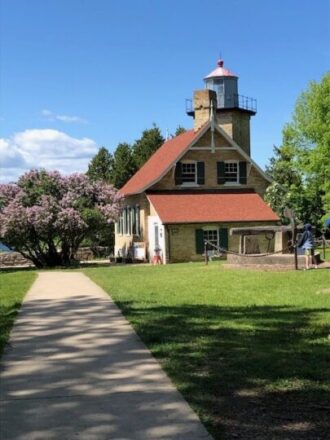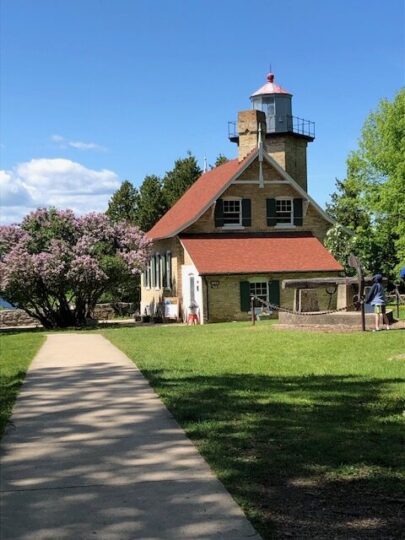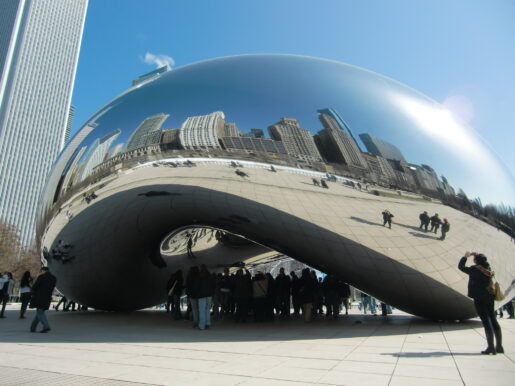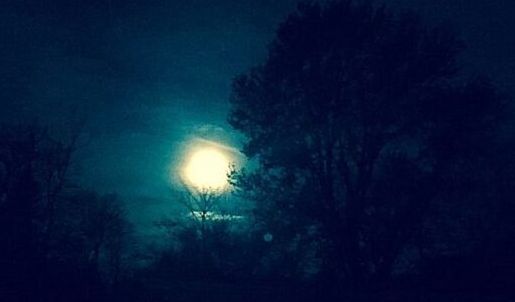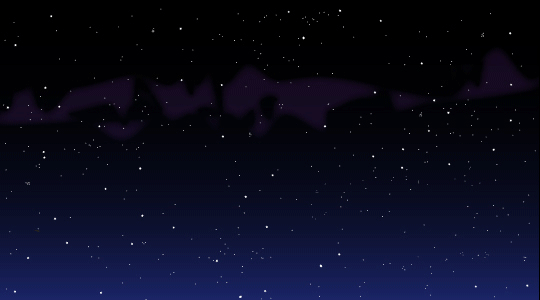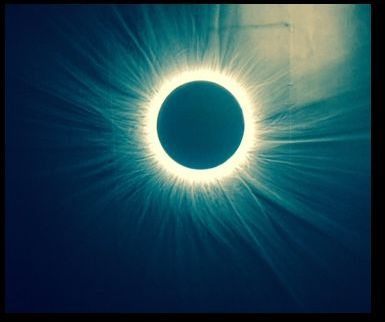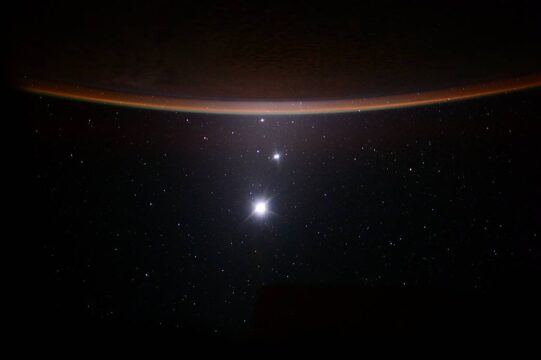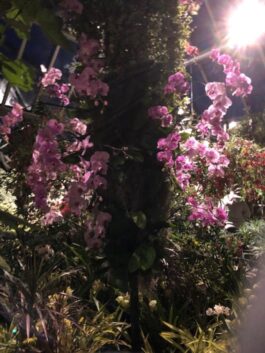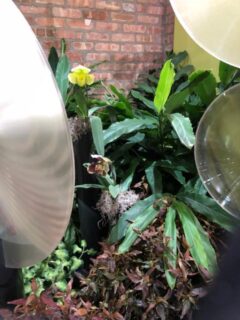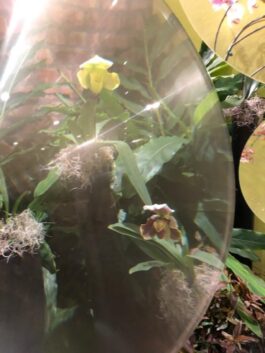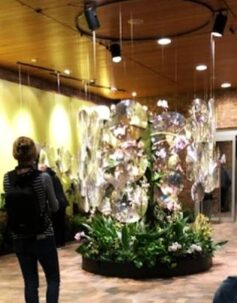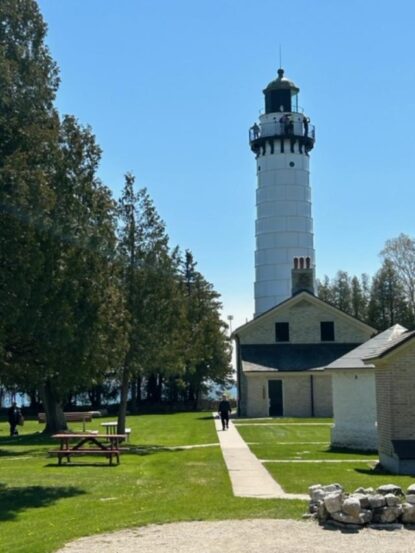
(J Jacobs photo)
They are historic, they have saved lives. “They“ are the 11 sort-of tower-like, mid to late 19th century structures that are celebrated in Door County Wisconsin’s twice-a year Lighthouse Festivals.
If you saw Think lighthouses for next vacation you know some are seen by water and others can be visited or viewed on land and that some are definitely off the proverbial beaten path.
But during the Lighthouse Festivals: Spring June 9-11 and Fall Sept. 29-Oct. 1, 2023, visitors can take boat and land tours that bring them up to and often, inside, many of these historic structures.
Or go to The Door, as it is popularly called, now through early October when four lighthouses are generally open to visitors and even more can be seen and photographed.
Your mission, if you accept it, is to see as many of The Door’s lighthouses as can be fit into a vacation. But remember this is a vacation so enjoy the Peninsula and divide the lighthouse sights into day destinations.
Doing the middle of the Peninsula from Lake side to Bay side
Two of the lighthouses, Cana Island off Highway Q near Baileys Harbor on Lake Michigan and Eagle Bluff in Peninsula State Park on Green Bay, are easy to visit spring through fall. They sit approximately opposite each other on the Peninsula so can fit into one day by taking County Road F across.
Stop in their keeper’s rooms to see the furnishings and how they lived at the lighthouses.
Eagle Bluff LTH in Peninsula State Park (J Jacobs photo)
Both lighthouses are definitely worth a visit but save extra time for Cana Island whose tower is the most photographed in Door County. It has one of the last 3rd order Fresnel Lens of two still operating on the Great Lakes. The lens, installed in 1869, can be viewed at the top of the tower. You’ll get your exercise in for the day or week because Cana has 97 steps up but the rewards are terrific views.
If the lake cooperates, the lighthouse and island are reached by walking across a sometimes wet, always stony, causeway or by taking a bumpy tractor-pulled, hay-wagon ride.
Operated by the Lighthouse Preservation Society and the Door County Maritime Museum which has three sites, Cana Island has a fine, new building on the lighthouse side of the causeway where visitors now pay to be on the island and visit the lighthouse. Stay for a short, good video, see a couple of exhibits and pick up information on lighthouses and the Maritime Museum.
Cana is a bit of a twisty drive from the town of Bailey’s Harbor. After seeing how Cana Island LTH is placed, visitors can better understand that lighthouses are on islands or a rocky tip of land.
While in the area, visit the Range Lights on Ridges Road. The big news is that visitors can, as of late May 2023, go inside the Upper Range Light which has been updated for volunteer lighthouse keepers to stay during the summer.
Visitors can park at The Ridges Sanctuary building, the Cook-Fuller Albert Nature Center that is downtown Bailey’s Harbor. Take its boardwalk to the Upper Range Lighthouse or park in the tiny lot across from the red-roofed Lower Range Light on Ridges Road and walk up the path. The two lights are still operating. When a boat has them lined up the lights are used to safely guide it.
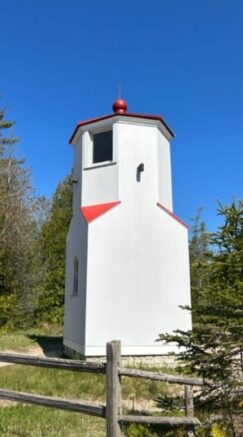
Another lighthouse is near there but it’s privately\ owned. Built in 1852 and called the Bird Cage because of its style of lantern room, it’s on a Baileys Harbor island. Deactivated in 1869 when the range lights were built, it can be seen on the lighthouse festival’s boat tour that leaves from Baileys Harbor Marina.
Go North
For a full day’s adventure head to Gill’s Rock where there is small gem of the Maritime Museum. Then take the Washington Island (Car) Ferry from neighboring Northport to Detroit Harbor on Washington Island. Tip: check the ferry schedule on-line ahead of time. It gets busy in the summer.
The ferry captain usually points out the lighthouses. Travelers can see the Pilot Island LTH and Plum Island Range Light’s tower. Plum Island is also open to visitors this summer.
The plus is that Washington Island is an interesting, multicultural place to visit.
In addition, another ferry continues north to Rock Island where the Pottawatomie LTH sits in Rock Island State Park and can be visited in the summer. First constructed in 1836, it is considered the earliest lighthouse in Door County.
Rock Island LTH (Photo by Dan Eggert, courtesy of Destination Door County))
BTW, if you do venture across to Washington Island you are crossing waters the French called Port des Morts. With more than 275 shipwrecks, the waterway between Door County Peninsula and Washington Island became known as “Death’s Door.”
Well, not so much lately with well-built ships, but sometimes when the weather is really bad the Washington Island Ferry does not cross. Visit Traveling Death’s Door | Destination Door County for more info.
However, given that people live on Washington Island, shop there and stay there, the ferry has regular summer and winter hours.
Go South
A third day should include the impressive structures at the southern end of the Peninsula’s tourist region: the county seat of Sturgeon Bay.
Sturgeon Bay is divided by the Sturgeon Bay Ship Canal that has the Sherwood Point Lighthouse on the southwestern edge of the canal and the Sturgeon Bay Ship Canal Light on the northeastern edge of the canal where there is a bridge and narrow walkway to the Sturgeon Bay Ship Canal North Pierhead Light out in Lake Michigan. They are worth seeing in person and by water.
Sherwood Point LTH (Photo by Mike Tittel courtesy of Destination Door County)
Sherwood Point LTH is used by the military as a respite to be rented for active members. It is not on view except during the Lighthouse Walk, the second weekend of June which coincides with the end of the Spring Lighthouse Festival. Opened in 1883, it became the last of the Great Lakes lighthouses to be manned when automated in 1983.
The Sturgeon Bay Ship Canal Light Tower on the northern edge of the canal opened in 1899 and became automated in 1972. Park near the station’s gate and walk on a driveway up to the seawall.
Then, in the “can’t-miss it” category is an impressive red structure that is the Sturgeon Bay Ship Canal North Pierhead Light. The lower-level walkway out to the pierhead light is open to the public up to a painted line.
Whether the Sturgeon Bay lighthouses are at the starting or ending point of your lighthouse destination vacation, there is another must see structure in Sturgeon Bay. It looks like a lighthouse but it really is the newly compeleted Kress Tower of the Door County Maritime Museum.
Surrounded, as Door County is on three sides by water (not counting its ship canal), the many tales of the Peninsula’s watery life and boundaries are in three maritime museums – Sturgeon Bay, Gills Rock and Cana Island.
Kress Maritime Museum Lighthouse Tower (Photo by Dan Eggert, courtesy of Destination Door County)
The main one at Sturgeon Bay recently grew to 10 stories high as the Kress Maritime Museum Lighthouse Tower to tell all its tales. “It’s not really an official lighthouse,” said Executive Director Kevin Osgood. “But it is used by boats,” he added.
Osgood recommends starting in the Maritime Theatre and an interpretive center on the first floor for a video, then taking an elevator up to the Baumgartner Observation Deck on Floor 10 and walk down.
“You get an idea of the vastness of the area from the Observation Deck and the scale of the Tower,” he said. “Visitors can take the elevator but when you walk down to each floor you learn about the area’s history,” said Osgood.
As an example, he pointed out that in the stairwell to “People of the Water” on Floor 8 that features Native Americans and early settlers, “You hear them speak their languages.” (Visit Native American Historical Sites for more information and Door County locations.)
All the floors are interesting, from geological formations (The Door has part of the Niagara Escarpment) to the Door’s ship building industry, but if you ferried over to Washington Island you might want to know more about what’s on Floor 2: Shipwrecks. Many of the shipwrecks are sitting in less than 60 feet of water.
Figure at least an hour to do Kress Tower. But now that you’ve visited at least a few lighthouses and at least part of the Door County Maritime Museum (You had to be in one at Cana Island) you know that doing Door County lighthouses takes planning. Driving the Door takes time. Speed limits are strictly enforced and The Door is larger than first-time visitors expect.
If you crossed from Bailys Harbor to Peninsula State Park you saw that Door Peninsula is a large, agriculture-oriented finger separating Green Bay from Lake Michigan. The entire mass is about 80 miles long and 25 miles across and includes part of Brown and Kewaunee Counties. In addition, there are two more lighthouses on the Lake Michigan side: The Algoma and Kewaunee Pierhead LTHS at the very southern end of the larger peninsula land mass.
Whew! Visiting even a few of Door County’s lighthouse towers, range lights and pierheads becomes a different way to spend a vacation. However, the Door is also a destination known for its inns, boutiques, bistros, cherry orchards, wines and cheese. So go for it.
If you go:
Before you go Visit Find Places to Stay in Door County | Destination Door County
When you first get there: As you approach the tourist and lighthouse part of the Peninsula before you cross the Sturgeon Bay Ship Canal, stop in at the visitors center called Destination Door County at 1015 Green Bay Rd., Sturgeon Bay to pick up a map of the county and a guidebook.

